I'm wondering why I can't find an LCR meter with frequency band that starts for example from 1 Hz. Is there some specific reason?
EDIT: My question comes from the need to measure the impedance of a generic "component". I create a meter with an wave generator and an oscilloscope based on this configuration:
The circuit inside the yellow rectangle is the impedance to measure. The source is my wave generator and the Vout is where I read the output voltage with oscilloscope. Then I compared the SPICE simulation with my measure:
The continue lines are the simulated impedance and the circles are my measures on a similar circuit made by discrete component with same values (resistors and capacitors through-hole). The values of the components are reported in legend.
With this example I want to focus your attention on the fact that this kind of impedance varies at very low frequencies, 0.1-10 Hz. This is the reason why I'm wondering there aren't LCR meter at that band.


